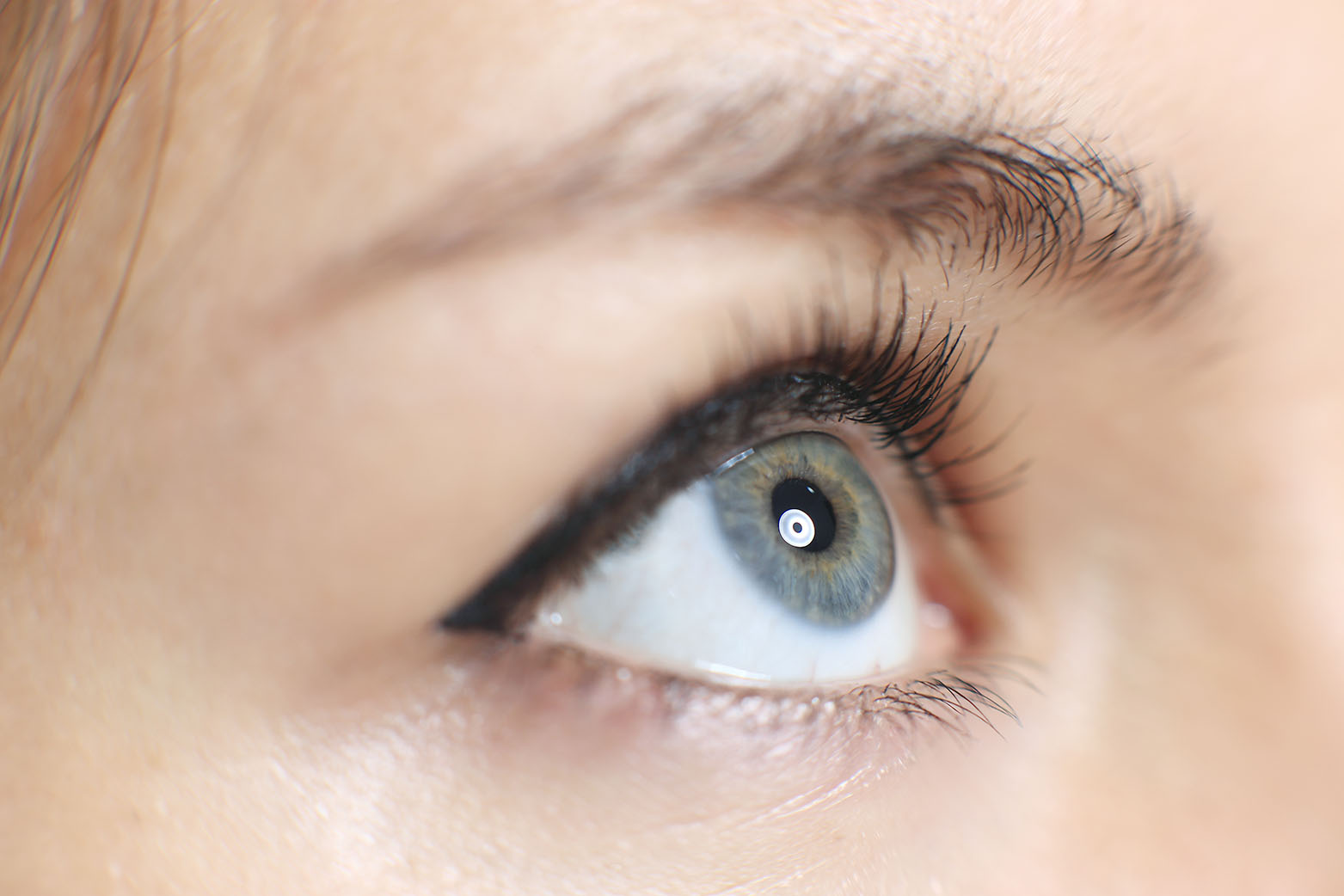Although the nystagmus is a low prevalence eye condition, sufferers may find that their ability to perform certain daily tasks and even to lead a normal life is significantly impaired.
Let's find out what the nystagmus or nystagmus, what are the signs that should alert us and the different ways to treat it, depending on its aetiology.
What is nystagmus or nystagmus?
Nystagmus is a condition easily distinguishable by the sufferer: the eyes make uncontrollable, repetitive and rapid movements.
In people with nystagmus, something in the body that is involved in eye movements is not working properly.
These involuntary eye movements can cause problems with vision and depth perception, coordination and balance. In fact, the relationship between nystagmus and vertigo is relatively common.
Types of nystagmus
There are three main types of ocular nystagmus:
- Vertical nystagmus: up and down eye movements.
- Horizontal nystagmus: the eyes move from left to right.
- Rotational nystagmus: the movement is circular.
And as for its origin, the nystagmus is classified into:
- Congenital nystagmus: Affected infants begin to show symptoms between the first weeks of life and three months of age. Children with congenital nystagmus usually have it in both eyes. The main symptom is blurred vision.
- Acquired nystagmus: this is usually caused by an underlying disease or is an adverse effect of some medications.
Symptoms of nystagmus
- Uncontrollable eye movement.
- Shaky or blurred vision.
- Balance problems.
- Vertigo.
- Dizziness.
- Light sensitivity.
- Night vision problems.
Usually, there is not just one symptom, but at least two of them.
Causes of nystagmus
Nystagmus may be caused by another eye problem or by a non-ocular disease. Among the many conditions that can cause nystagmus are:
- Disorders of the retina or optic nerve.
- Eye problems with focusing, strabismus or cataracts.
- Inner ear disorders.
- Strokes.
- Head injuries.
- Diseases of the Central Nervous System (CNS).
- Multiple sclerosis.
- Brain tumours.
- Certain medicines, especially some anticonvulsants.
- Alcohol or drug use.
In addition, a higher prevalence of nystagmus is observed in albinos, but the exact relationship between nystagmus and albinism is not known.
Why go to a professional and how is it treated?
We have just seen that nystagmus can be related to serious health problems, so it is the ophthalmologist who is best placed to confirm or confirm the presence of nystagmus. rule out a possible case of nystagmus.
The ophthalmologist will directly perform a series of tests to diagnose nystagmus and, in some cases, will need to refer the patient to a neurologist or ENT specialist. Typical diagnostic tests may include:
- Monitoring and recording of eye movements.
- Mobility, balance and visual fixation tests.
- Examinations of the ear and ear canals.
- Neurological examinations and check-ups.
- Imaging tests, such as a CT or MRI scan, may be performed.magnetic sonance.
Treatments
Treatments for nystagmus depend on the underlying cause of the disorder. If the cause is due to problems associated with the eye, nystagmus can be treated by:
- Glasses or contact lenses: better vision can help slow down the rapid eye movements associated with nystagmus.
- Myopia corrective surgery: myopic people may experience an improvement after correction of their refractive error.
- Medication solutions: anticonvulsant medication, a muscle relaxant and even Botox can be used to reduce symptoms.
- Eye muscle surgery: in some cases, repositioning of the muscles that move the eyes may be recommended.
In cases where the nystagmus is caused by causes outside the visual system, the range of treatment options widens considerably. Some options are:
- Treatment of lesions or obstructions caused by small strokes.
- Medicinal correction of CNS disorders.
- Treatment or removal of brain tumours.
- Therapeutic approach to disorders of the ear or ear canals.
In short, if we notice any change in vision that may be indicative of nystagmus, we should request immediate consultation with the ophthalmologist. It is important to bear in mind that nystagmus may be related to other serious health problems unrelated to the eye, so a rapid diagnosis and subsequent treatment are essential.



